Chit Funds are indigenous financial institutions in India. It is a mechanism that combines credit and savings in a single scheme. In a chit fund scheme, a group of individuals come together for a predetermined time period and contribute to a common pool at regular intervals. Every month, up until the end of the tenure of the scheme, the collected pool of money is loaned out internally through a bidding mechanism to the most deserving member. This way, people who are in need of funds and those who want to save are able to meet their requirements. Similar schemes have been known to be popular across the developing world, generally referred to as Rotating Saving and Credit Associations (ROSCA)
An interesting aspect of Chit Funds in India is that the industry is highly regulated and institutionalized. A Chit Fund can be either “registered” or “unregistered”. Registered Chit funds are organized by Chit Fund firms/companies and regulated by the Chit Fund Act. They are in essence impersonal contracts that depend on market forces. Unregistered Chit Funds which exceed Rs. 100 ($2) in chit value are illegal in India, although it is widely known that the unregistered Chit Funds industry is still very popular.
While no official or government estimates of the industry exist, The All India Chit Fund Association estimates that “the size of industry is Rs 35,000 crore, with the unregistered part estimated to be at least 100 times the registered one”
Value to the consumer
Prof Mary Kay Gugerty, in her paper, “You Can’t Save Alone: Commitment in Rotating Savings and Credit Associations in Kenya” argues that, “saving requires self-discipline, and ROSCAS provide a collective mechanism for individual self-control in the presence of time-inconsistent preferences and in the absence of alternative commitment technologies”
This conclusion, although based in data from Kenya, is also supported by the data collected in India, which suggests that 72.1% of consumers participate in chit funds(Estimate of Chit Fund Industry size) to save. While 95% of these consumers have bank accounts(Reason for Chit participation : Table 3-7), they still prefer chit funds as a saving mechanism due to higher perceived returns, paperless documentation(Banking Details : Table 3-4), familiarity and doorstep service.
While the actual rate of returns (for savers) and cost of borrowing are highly variable based on a given fund, on average(Reason for participating in Chit Funds : Table 3-11) 6%-42% per annum(Rate of return calculated based on the cost of borrowing, assuming 5% commision, 10 people, Rs 10,000 chit fund and 1 borrower plus 9 savers. Cost of borrowing from Table 5-4 Outside Options – Interest Rates for Loans,)
Housewives and Small business owners are the two most prominent cohorts within the chit fund users(Figure 3-1 Frequency of Occupation based on Gender). Daily chits are popular with small business owners, presumably because it allows them to manage their daily cash flow and allows control over their interest rate when the need for a loan arises(Section 9, Chit funds and Small Business, Para 3).
The chit funds are also perceived to be liquid, Most consumers bid to get the pot when they had an emergency need or when an lucrative business investment came about(Reason for participating in Chit Funds : Table 3-11).
Finally 96% of chit members overall think that the Chit Funds they participate in are safe and about 85% of these chit members are loyal to fund company they are participating in.
Legal framework for Chit Funds
The Government of India passed the Chit Fund Act in 1982, with implementation of the Act left to the Registrar of Chit Funds in each state. This Act, it is relevant to note, contains many restrictions like a minimum Capital requirement (Section 8), prohibition of transacting business other than Chit Business (Section 12), a ceiling on the aggregate chit amount which is 10 times of the net-owned funds (Section 13), Utilization of funds (Section 14), security to be given for full value of chit (Section 20), a self-contained machinery for settlement of disputes etc and a number of penal provision for various defaults(All India Chit Funds Association submission to parliamentary committee), etc.. Notably there are stringent requirements on written formalities like notice to the customer, minutes of the meeting, record keeping and audit by certified chartered accountant(6(1), 15, 35, 40-Chit Agreement, 22(2)- Intimation to Registrar of deposits, 26(1), 34(1) Withdrawal of foreman 28(1) Removal of defaulting subscribers 33(1) Demand note 38(1) Minutes of the meeting).
The regulatory hurdles that the chit companies face due to the stringent rules proposed by the Government progressively, have been a setback to the growth of the industry. The effect of the increased costs of operations for the registered chit companies has been to push these companies ’underground’. Many companies have, in the recent past, either folded up or shifted their operations entirely to the informal arena becoming an ’unregistered’ chit fund(Chit Funds Boon to Small Enterprise).
Economics of running a Chit Fund
Apart from the capital and compliance requirements highlighted above, the key risk of running a chit fund is default. The default rates in the chit industry hover around a meager 1-2%. This is because the chit members are, in most cases, personally known to the chit managers(Section 5, Defaults How are they handled ? – Chit Funds Boon to Small Enterprises). Also, Defaulters are sanctioned socially as well as being prevented from any further participation(Page 794, Paragraph 2, Economics of Rotating Saving and Credit Associations).
The key source of revenue for a Chit fund manager is commission which is capped at 5%. Alternatively the chit fund managers take the first installment in full. The chit manager can also generate revenue from float interest charges i.e. by disbursing the loan a month after the money is collected, he can earn the interest on the full amount(Section 7 : Sources of Income to the Chit Manager)
Role of the India Stack
With the size and scope of the chit fund industry, as outlined above, it is clear that there is a large addressable market for innovators. What makes this opportunity more lucrative is the presence of India Stack. India Stack is set of technologies (primarily Aadhaar authentication, e-KYC, e-Sign, Digital locker and UPI) that together dramatically reduce the cost of transactions. For example, an analysis on the Mutual funds business indicated that by use of India stack, the average transaction cost would drop from Rs 50 to Rs 2, making it viable for Mutual funds to go after the small ticket business.
Opportunities for Start Ups
Given the background above, following is the most promising opportunity for startups:
Organize the unregistered chit fund companies
- Hypothesis: With the recent crackdown on black money and tax evasion, it will become more difficult to run unregistered chit funds circumventing the law. This will give the unregistered chit funds incentive to become registered and follow the law
- Product: An easy platform that allows management of chit funds through mobile phone app/apps and make it compliant with the law
- Key Customers : Unregistered chit funds
- Key Stakeholders : State Government, Unregistered Chit Funds, Users of chit funds
- Key activities:
- Build technology based on India Stack to meet KYC requirements, sign chit agreements using e-sign, transfer money between people using UPI and keep an account.
- Strong sales network to bring the chit funds onboard
- Product and legal expertise to liaison with the state governments and registered chit funds to build products that meets all requirements
- Need for funding:
- Initial product could be built with a relatively small investment
- Scaling with scale will likely need venture investments (but no access to large capital should be needed)
- Revenue generating activity:
- Pay per instance or per user from the funds
- Lead generation for Chartered Accountants
- Aggregate data reports could be sold
- Could also build a government facing interface for monitoring
- Competitive Advantage:
- No real competition at this point
- Network effects could become significant advantage
- Implicit or explicit endorsement from Government agencies
- Key Risks:
- Product adoption risk: The success of the idea is hinged on pressure from government creating the need, which drives adoption. In the absence which it will be significantly harder to move people from the familiar. The risk is somewhat contained because of a supreme court order directing government to act on this.
- Regulation risk: A parliamentary committee has recommended that the government revise the regulation. This means that government could do away with a number of provisions, making compliance much easier of chit funds thus eliminating the need for such a company. Again this is low likelihood event given the scrutiny on this sector
- Reputation risk: The company will have to be careful not to associate with chit funds with malicious intents. Being associated could result in penalties and damage to reputation.
Guest Post by Kunal Kashyap, IIT KGP graduate, Spent 8 years at Capital One, a US based Fortune 100 Fintech company. Volunteer for iSPIRT.


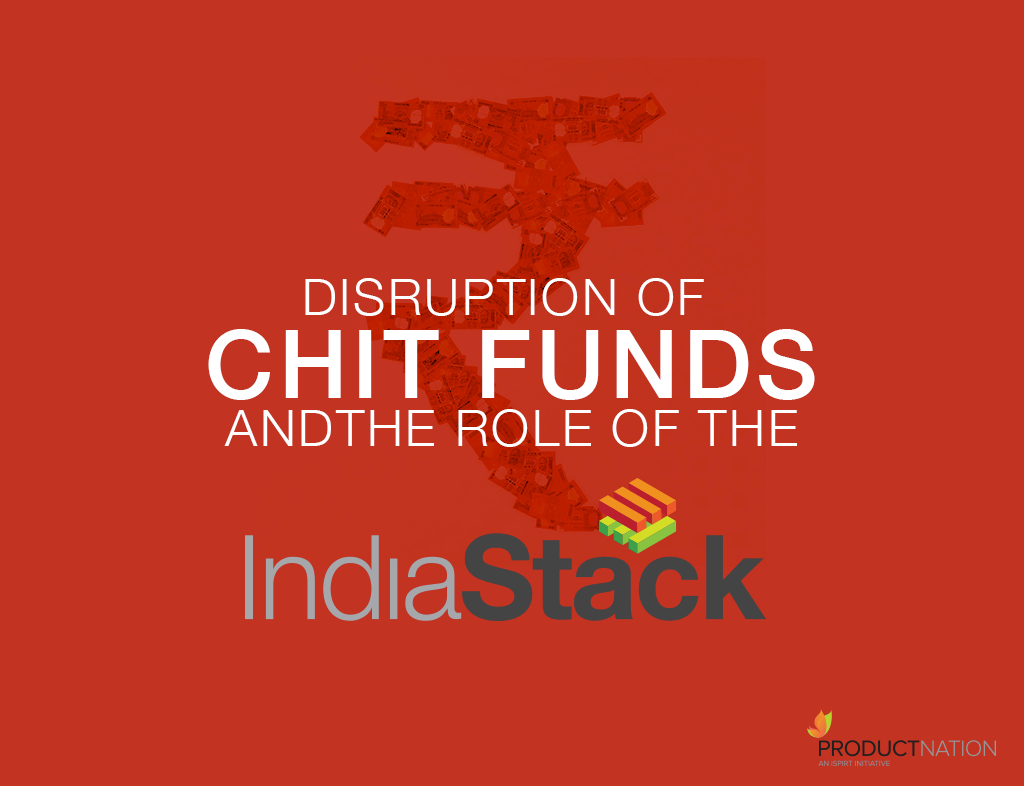
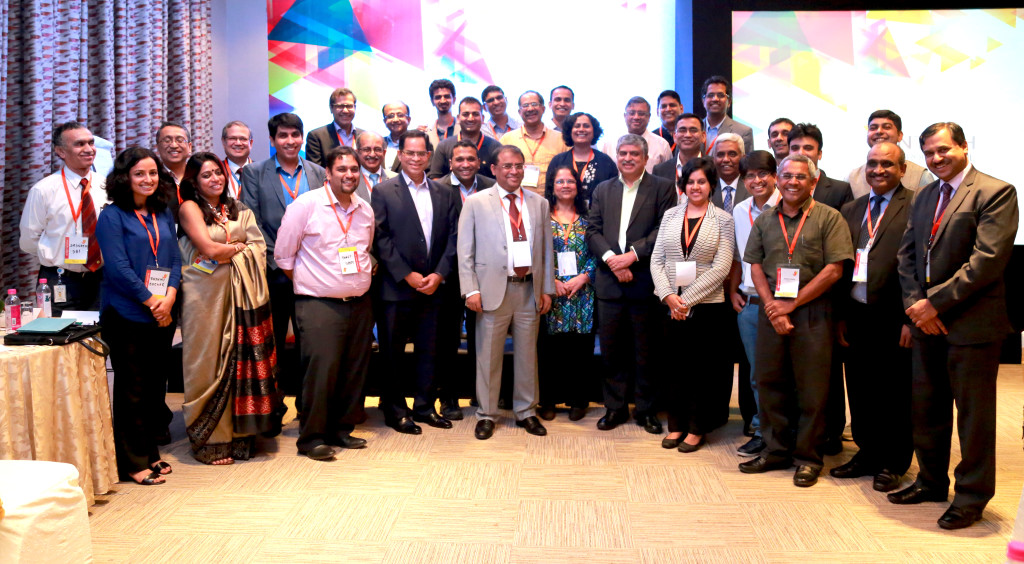 For incumbent banks to transform themselves is a truly difficult challenge, but given that these banks cumulatively account for more than 30 percent of the Indian banking sector, their transformation is of national importance. In the first phase of FTLC, four banks — SBI, Bank of Baroda, Axis Bank and IDFC Bank — were invited to join FTLC, and all four of them accepted. FTLC then helped the banks through quarterly workshops that consisted of deep-dives focused on disruptions in areas like alternative lending, payments and analytics; and emerging technologies like the Unified Payment Interface, and the
For incumbent banks to transform themselves is a truly difficult challenge, but given that these banks cumulatively account for more than 30 percent of the Indian banking sector, their transformation is of national importance. In the first phase of FTLC, four banks — SBI, Bank of Baroda, Axis Bank and IDFC Bank — were invited to join FTLC, and all four of them accepted. FTLC then helped the banks through quarterly workshops that consisted of deep-dives focused on disruptions in areas like alternative lending, payments and analytics; and emerging technologies like the Unified Payment Interface, and the  The other that perhaps will have equal transformational impact is its peer in the world of digital payments, the Unified Payment Interface (UPI). As soon as I had my first experience with UPI, I realized that its impact has barely been appreciated by most, including me.
The other that perhaps will have equal transformational impact is its peer in the world of digital payments, the Unified Payment Interface (UPI). As soon as I had my first experience with UPI, I realized that its impact has barely been appreciated by most, including me.



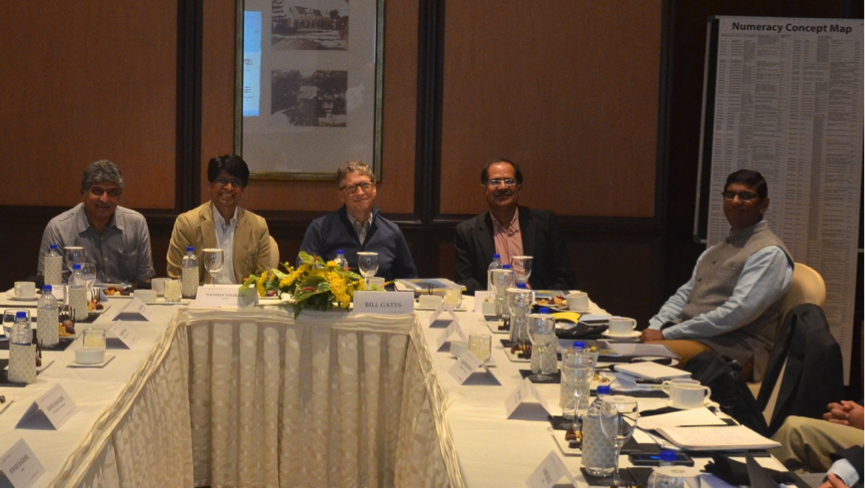 There were three broad themes that were covered — finance, healthcare and education — each of which forms an important part of the Gates Foundation’s work in philanthropy. Product demos included the
There were three broad themes that were covered — finance, healthcare and education — each of which forms an important part of the Gates Foundation’s work in philanthropy. Product demos included the 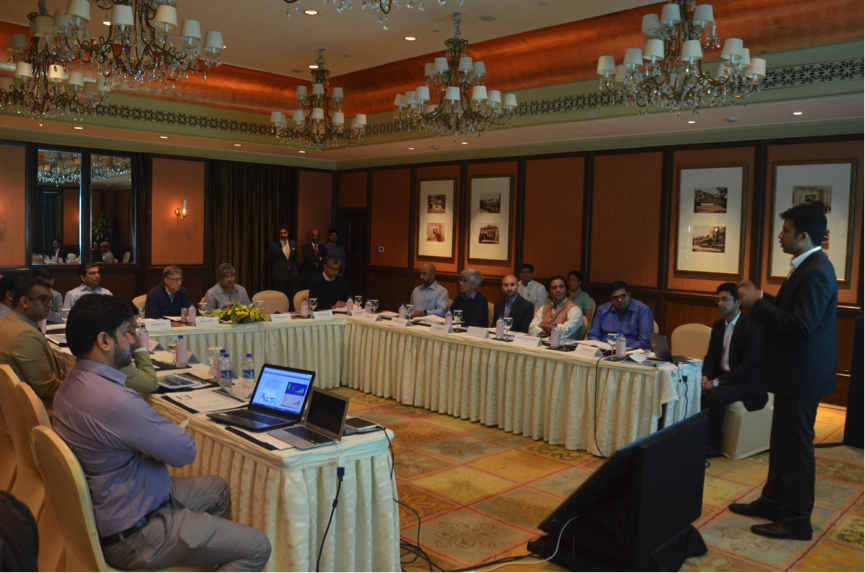 Bill Gates observed that India is producing cutting-edge work and there are few countries which can boast of a digital infrastructure as sophisticated as we are producing here. With such positive encouragement from one of the most accomplished individuals in the world, the vision of transforming India at large through application of technology has received a new impetus.
Bill Gates observed that India is producing cutting-edge work and there are few countries which can boast of a digital infrastructure as sophisticated as we are producing here. With such positive encouragement from one of the most accomplished individuals in the world, the vision of transforming India at large through application of technology has received a new impetus.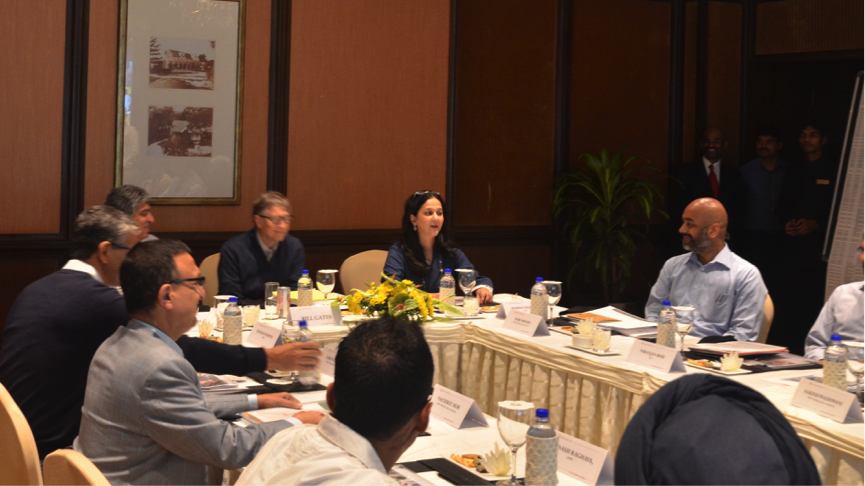 Guest Post by
Guest Post by